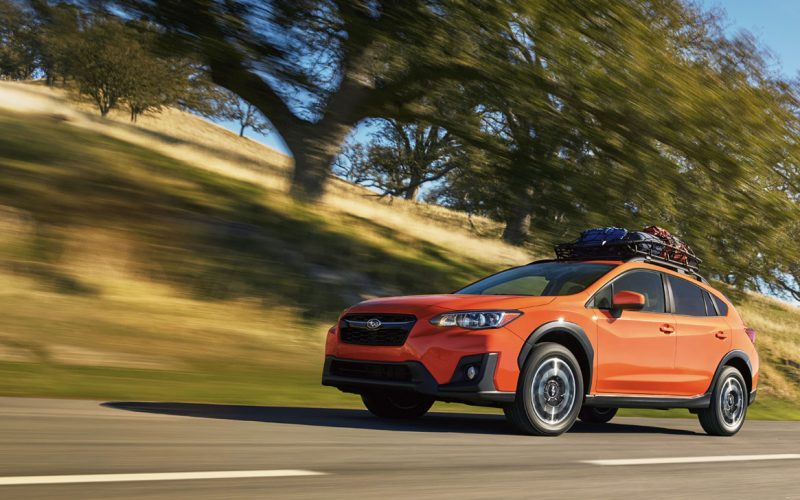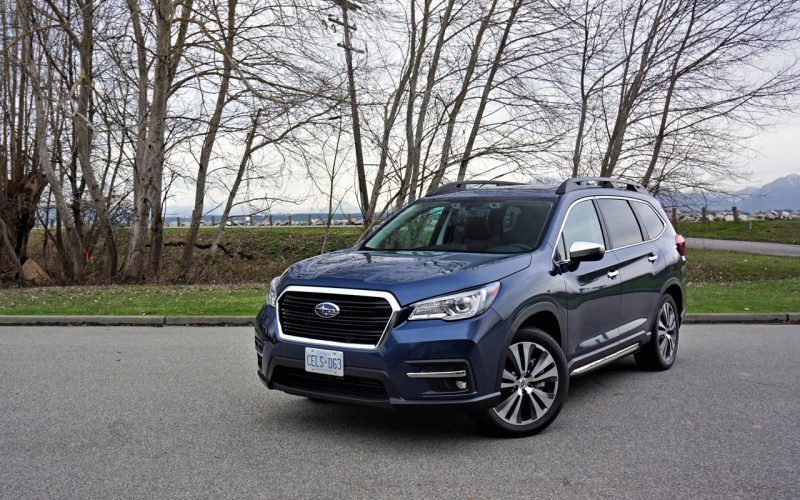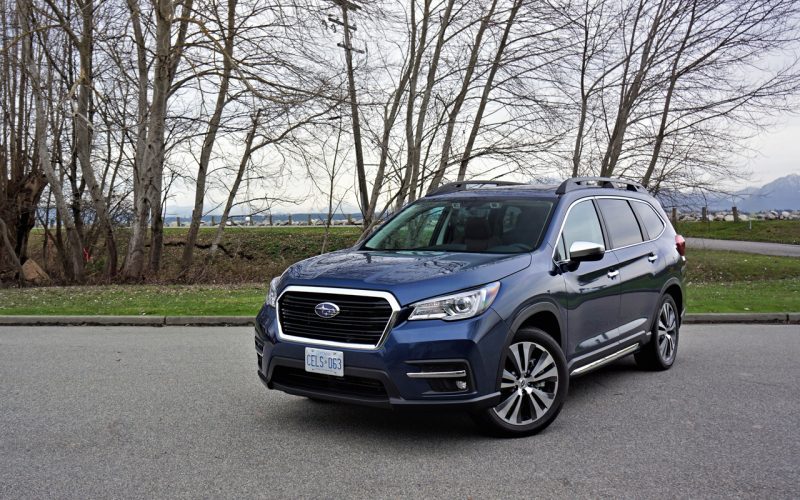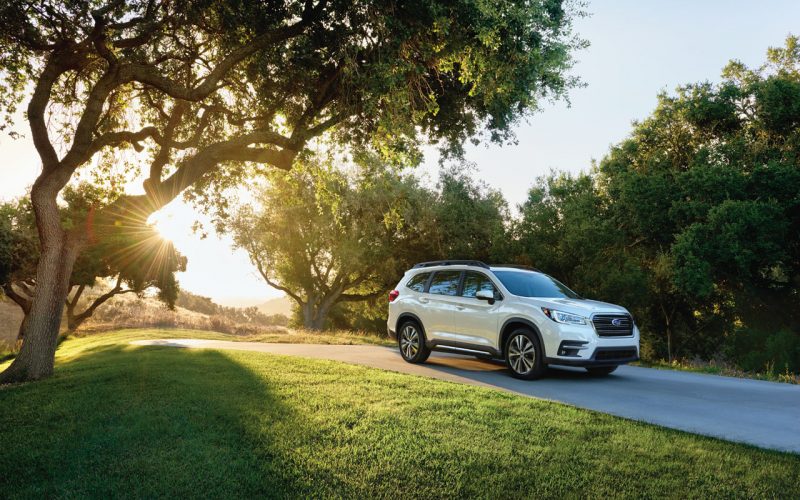
Reading Time: 6 minutesCan you just imagine future Subaru Outback ads? Subaru versus the mountain goat, only once the

Reading Time: 14 minutesThe mid-size crossover SUV segment has more than blown wide open in recent years, with every

Reading Time: 9 minutesWe’ve got something mega in our garage this week, or at least the all-new 2019 Ascent

Reading Time: 7 minutesThe all-new 2019 Ascent is the biggest thing to ever hit a Subaru dealership, and it
© 2025 The Car Magazine. All Rights Reserved, Privacy Policy | Terms of Use